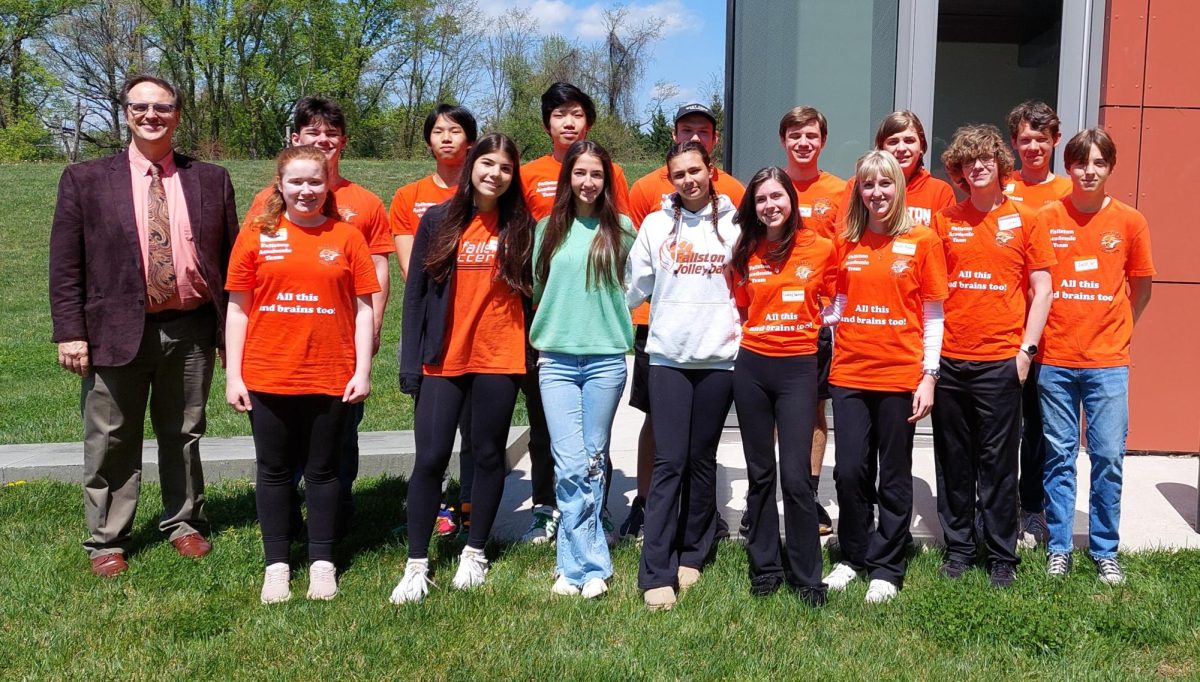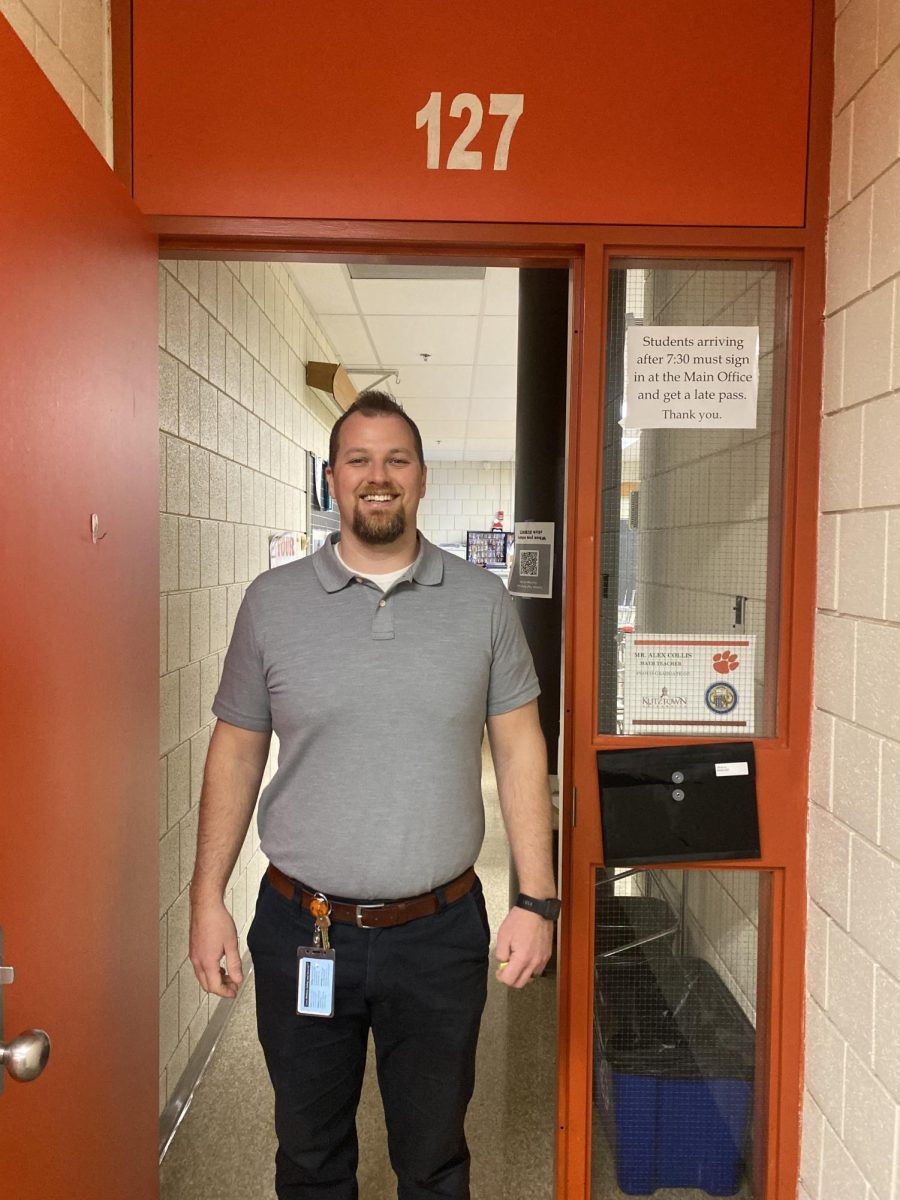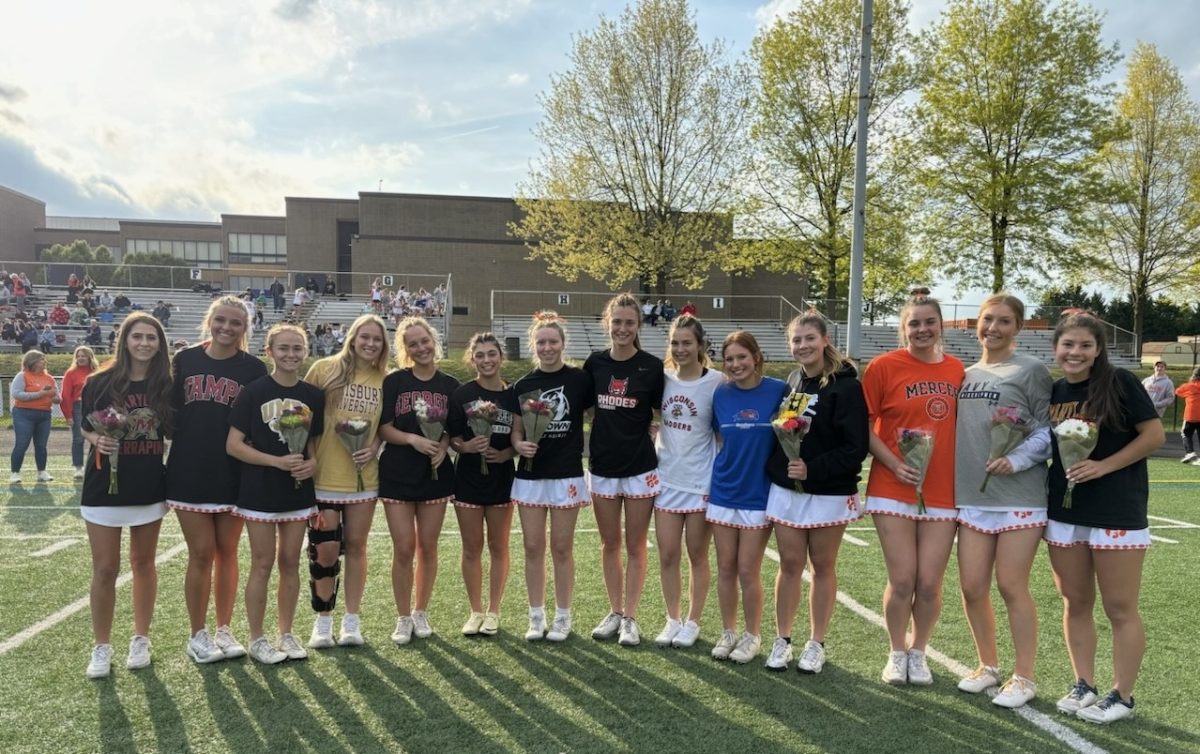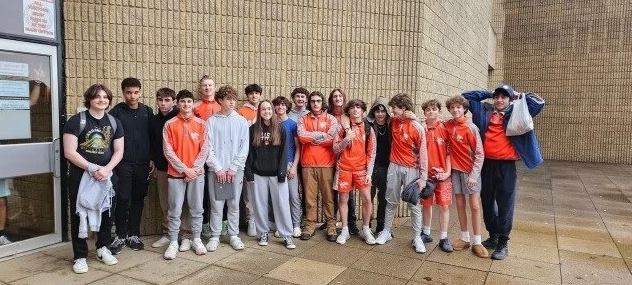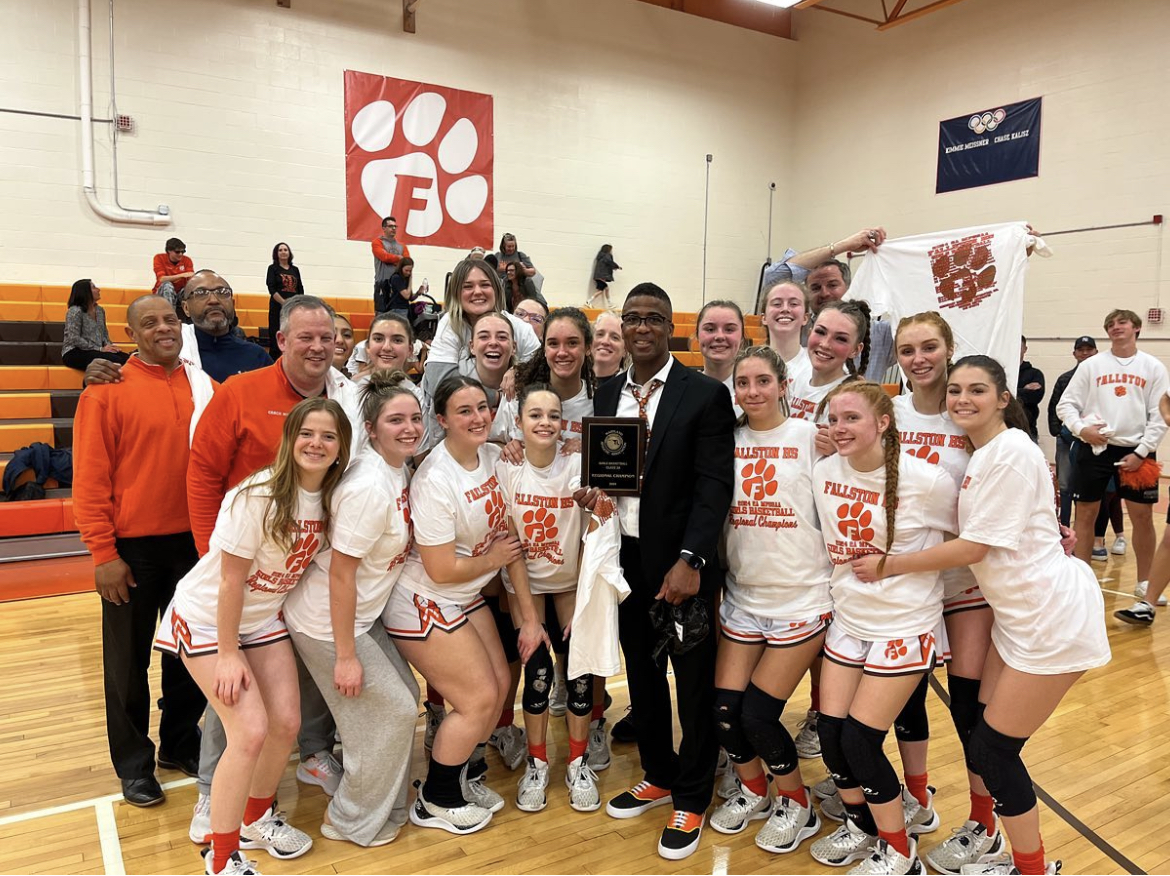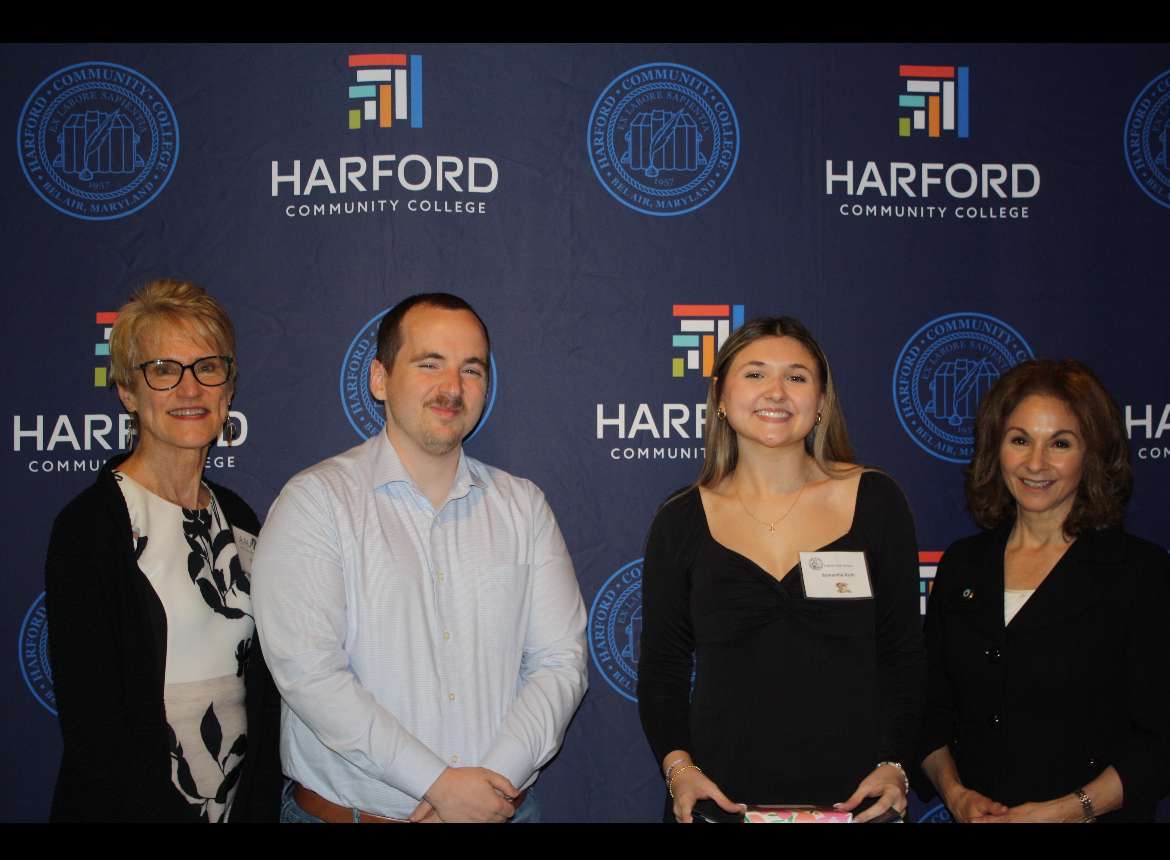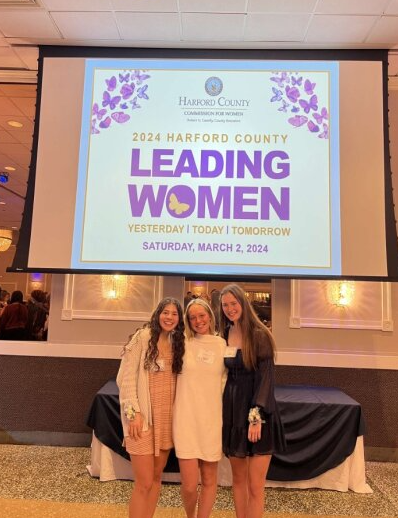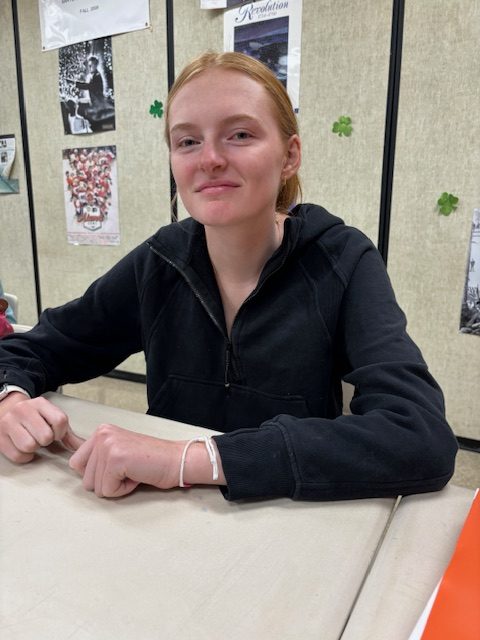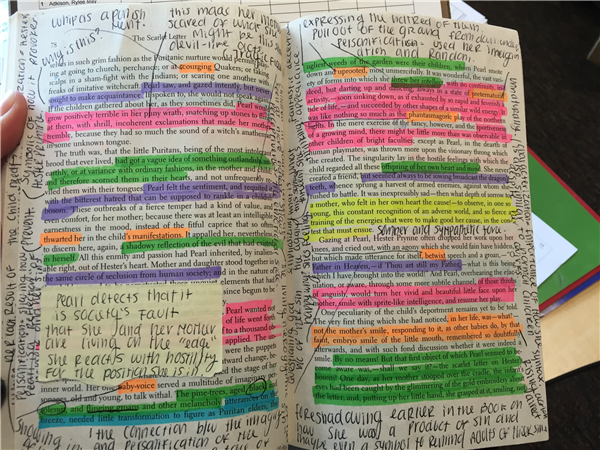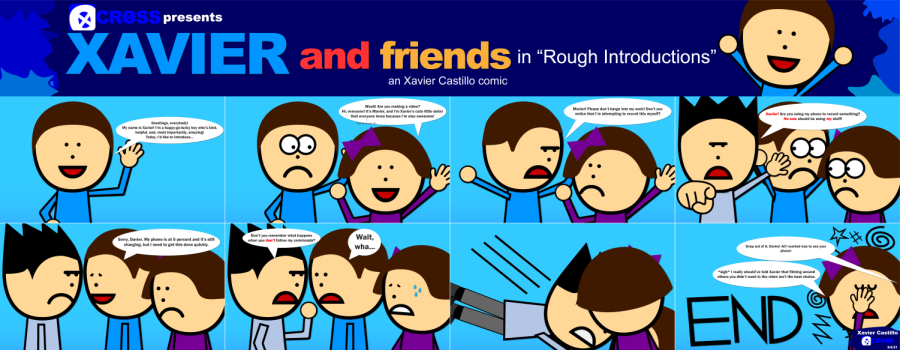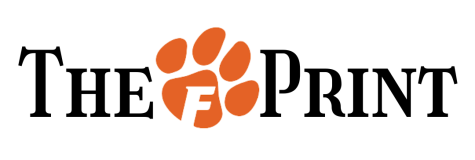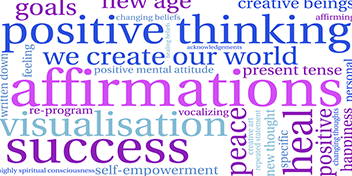Though they were first introduced to the world in the 20th century, affirmations and manifestations have largely popularized over the past decade. And with the start of a new year, the two methods of creating your dream life have soared, but there are a few questions we all have started asking ourselves: What is the science behind them? How do I do it in a productive way? And, most importantly, do they really work?
Affirmations are “positive statements that help you challenge and overcome self-sabotaging and negative thoughts,” according to Mind Tools. These statements are most often said aloud, and while looking at yourself in the mirror. By repeating the same phrases, your mind begins to believe it and you can begin making positive changes without the anxiety and doubt that would come normally.
However, manifestations are slightly different as they are oftentimes focused on a specific event instead of your mindset. “Manifestation is bringing something tangible into your life through attraction and belief, i.e. if you think it, it will come,” says Oprah Daily.
Essentially, “in order to manifest your desires, you first have to believe that they are possible. This is where affirmations come in,” said Selfpause. “Repeating positive affirmations can help to convince your subconscious mind that your goals are achievable.”
The most important thing to affirmations being effective is neuroplasticity, the ability of networks in the brain to grow and refunction. In a 2008 study by Psychonomic Society, psychologists studied the effectiveness of doing affirmations. It was found that “affirming yourself can help you cope with uncertainty and improve your self-worth” and that “these positive thoughts can lead to action and success.”
However, the effectiveness of affirmations is dependent on how they are worded and followed through on. When crafting your own affirmations, a common suggestion is to use The Three P’s: Positive, Present, and Personal. According to Creative Wellbeing Workshops, this means that the affirmations should be “aspirational, couched as if they were already happening, and relating to us meaningfully.”
For example, instead of saying “I am rich,” it would be better to say, “I am becoming financially secure.” This little change in wording makes a very intimidating task become more manageable and realistic enough so that the unconscious mind doesn’t reject it. Though the most important part is to “associate it with a positive feeling, like safety, comfort, achievement, or connection,” says Creative Wellbeing Workshops. “So instead of saying, “I am a super model,” we might say “I feel attractive.”
Manifestations, on the other hand, are less personal and are just repeating certain phrases but are instead more holistic and action oriented. Manifesting something begins with a goal, like a promotion in your job or an opportunity to travel. Methods can be anything from visualization, journaling, affirmations, meditation, and more. However, using multiple methods simultaneously seems to be most effective.
“The bottom line is, in the science of manifestation, while there’s no one-size-fits-all answer, the power of manifestation can be harnessed more effectively by using methods grounded in scientific principles,” said Giselle Baumet, a Mindset Coach and Mindfulness Educator. “Through hard work, clear intentions, and a good conscience, individuals can align their mental health and practical actions towards reaching their desired outcomes in the physical world.”
“Manifestation and affirmations are powerful tools that can be used to help you achieve your goals and improve your life,” said Fit Chapter. “Practicing gratitude, positive thinking, and self-care will help you feel more positive energy, which can attract the manifestations you desire. It’s about the small actions you take every day.”

